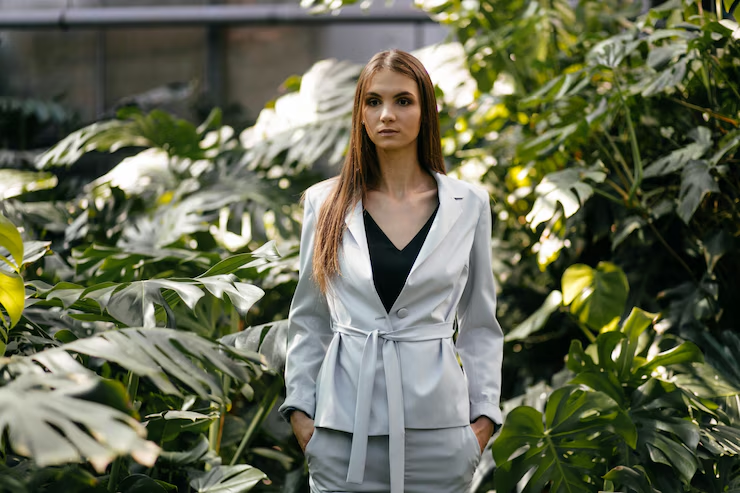Table of contents
Why Ethical Choices Are Shaping the Future of Style

In an era where climate change and environmental awareness are front and center, the fashion industry is undergoing a radical transformation. Once synonymous with waste and overconsumption, today’s designers and brands are being held accountable for their ecological footprints. At the heart of this transformation is a growing movement toward sustainability in modern fashion.
This shift isn’t just a passing trend. It’s a necessary evolution that influences how clothes are designed, produced, sold, and even disposed of. Let’s take a deeper look at the role sustainability in modern fashion plays and why it matters more than ever.
What Is Sustainability in Fashion?

Sustainability in modern fashion refers to the efforts by designers, manufacturers, and consumers to minimize environmental impact and promote ethical labor practices throughout the entire fashion lifecycle. This means choosing eco-friendly materials, reducing waste, conserving water, ensuring fair wages, and embracing circular fashion systems like recycling and upcycling.
Why Sustainability in Modern Fashion Matters
1. Environmental Impact
The fashion industry is one of the world’s largest polluters. From water-intensive cotton farming to toxic dyeing processes and landfill overflow, fast fashion has taken a serious toll on the planet. Embracing sustainability in modern fashion helps cut down on carbon emissions, reduce water usage, and limit pollution.
2. Ethical Labor Practices
A sustainable fashion model ensures that workers in every part of the supply chain are treated fairly. That includes safe working conditions, reasonable hours, and fair pay—issues that fast fashion brands have historically ignored.
3. Conscious Consumerism
Today’s shoppers are more informed. Many prefer to invest in fewer, high-quality pieces rather than contribute to throwaway culture. Sustainability in modern fashion empowers consumers to align their purchases with their values.
4. Innovation in Design
Sustainability encourages innovation. Brands are experimenting with biodegradable fabrics, plant-based dyes, zero-waste patterns, and 3D printing to produce clothes in smarter, more resourceful ways.
5. Circular Economy
The concept of a circular economy—where resources are reused and recycled instead of discarded—is at the core of sustainability in modern fashion. Rental services, resale platforms, and take-back schemes are making it easier for consumers to participate in the circular fashion movement.
How Brands Are Embracing Sustainability
- Patagonia uses recycled materials and supports environmental activism.
- Stella McCartney is a pioneer in cruelty-free, sustainable high fashion.
- Reformation produces limited runs with transparent environmental reporting.
- Everlane practices “radical transparency” in pricing and sourcing.
- ThredUp and Depop promote fashion resale to reduce waste.
These brands show that sustainability in modern fashion is not only possible—it’s profitable.
What Can You Do as a Consumer?
- Choose quality over quantity.
- Shop second-hand or vintage.
- Support brands with transparent sustainability practices.
- Wash clothes less often and in cold water to save energy.
- Recycle or donate clothes instead of tossing them.
Even small steps make a big impact when adopted by millions.
FAQs About Sustainability in Modern Fashion
A: It means the brand takes steps to reduce its environmental footprint and ensure ethical labor practices throughout its supply chain.
A: Often yes, but the cost reflects fair wages, ethical production, and higher-quality materials. It’s an investment in both your wardrobe and the planet.
A: While fast fashion inherently encourages overconsumption, some fast fashion brands are making small steps toward sustainability—though many efforts are criticized as greenwashing.
A: Organic cotton, hemp, Tencel, bamboo, and recycled fabrics are among the top sustainable materials used in modern fashion.
A: Look for third-party certifications (like GOTS, Fair Trade, or OEKO-TEX), review their sustainability report, and check for transparency in their practices.
Final Thoughts
The movement toward sustainability in modern fashion is more than just a response to a global crisis—it’s a revolution. It’s about rethinking the way we create, buy, and value clothing. Whether you’re a designer, a brand, or a shopper, your choices matter. Supporting ethical practices and eco-friendly designs is not only better for the planet—it’s the future of fashion.
Let’s wear our values with pride.





